‘Counterculture’ approach enabled C-130’s 26-hour marathon flight
- By Hope Seck
Share This Article
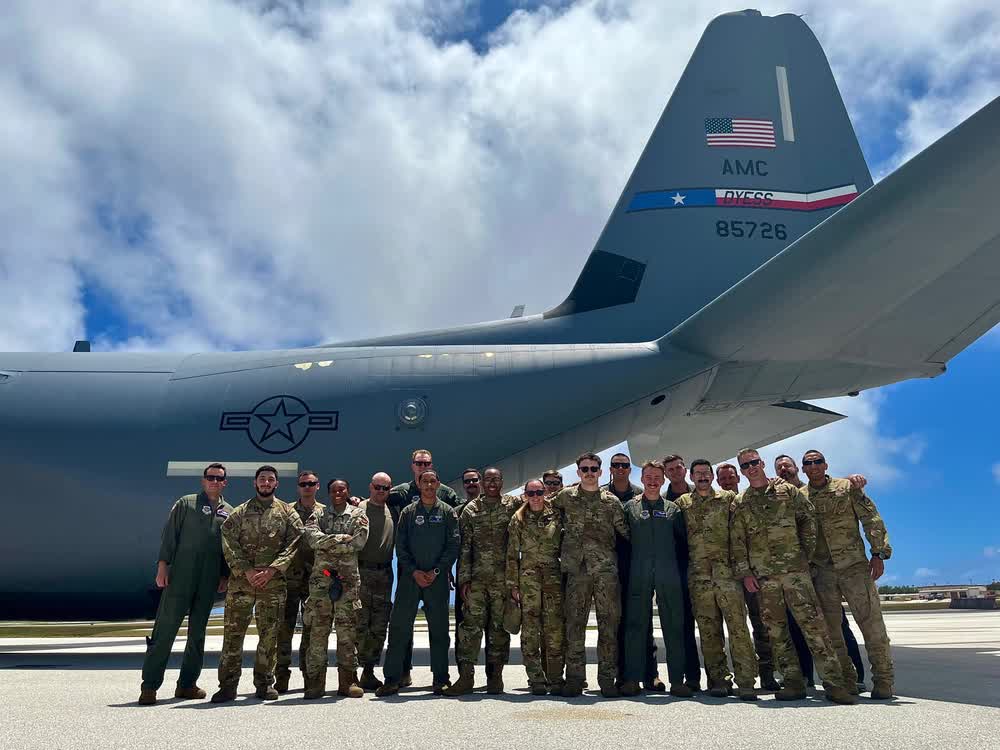
In April, a specially organized double air crew on a single C-130J Super Hercules transport plane achieved an envelope-pushing feat: they flew from Dyess Air Force Base, Texas, to Andersen Air Force Base, Guam – a span of more than 7,000 miles – in just over 26 hours from first wheels up to wheels down.
The mission, achieved by the 317th Airlift Wing, was accomplished thanks in part to massive external fuel tanks that added about four additional hours of flight time, and a brief pit stop in Hawaii en route. But perhaps the most significant enabler of the maximum endurance operation, or MEO, was an aggressive approach to the biggest hurdle facing marathon flight missions: crew rest.
Maj. Alex Leach, the mission commander and the assistant director of operations for the 40th Airlift Squadron out of Dyess, told Sandboxx News that the mission – the first of its kind for Air Mobility Command – required that air crews not only be rested, fresh, and alert for the duration of the flight, but also that they be ready to hit the ground running at their destination and dive into a follow-on task if needed.
“If something kicks off in whatever theater, in this case it was in the Pacific, we would need to be able to use this capability to get out into the theater as quickly as possible, and then execute maybe a follow-on mission literally within the same day,” Leach explained.
That was the theory behind staffing the aircraft with two crews, each containing three pilots and two loadmasters. One crew managed the first 13-hour leg of the flight to Hawaii while the second crew rested on hammocks and cots in the back of the aircraft, with issued noise-canceling headphones to ensure the best-quality rest. Leach said the crews wore Garmin smartwatches, which capture heart rate data, to assess fatigue levels at each leg as a further risk-management measure. For the “off” crews during the flight, using downtime to rest wasn’t a suggestion: it was a mission requirement.
Related: How video games can make you a better fighter pilot
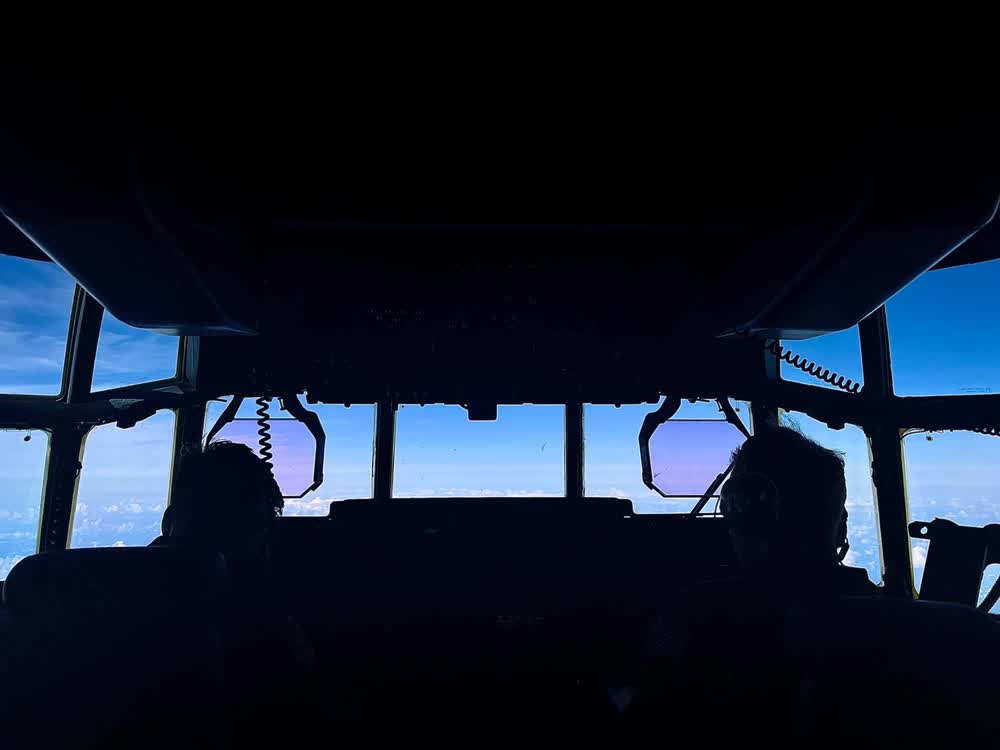
“It’s very counterculture,” Leach says. “In the military, we’re very goal-oriented, and just, you know ’embrace the suck’ … We’re doing something that’s never been done before, human performance-wise, but at the same time, I want you to be at your peak performance when I need you, in extreme circumstances. So it was kind of like a blend of both of those worlds.”
Enforcing that crew rest allowed the mission, named Hazard Leap, to get closer to Air Mobility Command’s outside limit of 48 hours of continuous operations between down periods.
Leach emphasized the importance of a potential follow-on mission to the scenario. In a real-world scenario, a C-130 dispatched from stateside might immediately be tasked with inserting HIMARS rocket launchers for rapid deployment (the Marines call this mission HI-RAIN); a specialized forward fueling operation; or a tactical black-out landing, among other possibilities. During Hazard Leap, Leach said, both crews reported feeling rested and ready for a follow-on mission after arriving in Guam.
Much as human performance was paramount for Hazard Leap’s success, the exercise also pushed the limits of what the aircraft could do. Leach said the external fuel tanks held roughly 9,000 pounds of fuel in total, a bit more than the internal fuel tank holds. Even loaded up with 17,000 pounds of fuel in all, planners had to make sure all external factors gave them the best shot at reaching Hawaii and heading on safely to Guam.
Related: Beating China could mean bringing the C-130 back to aircraft carriers
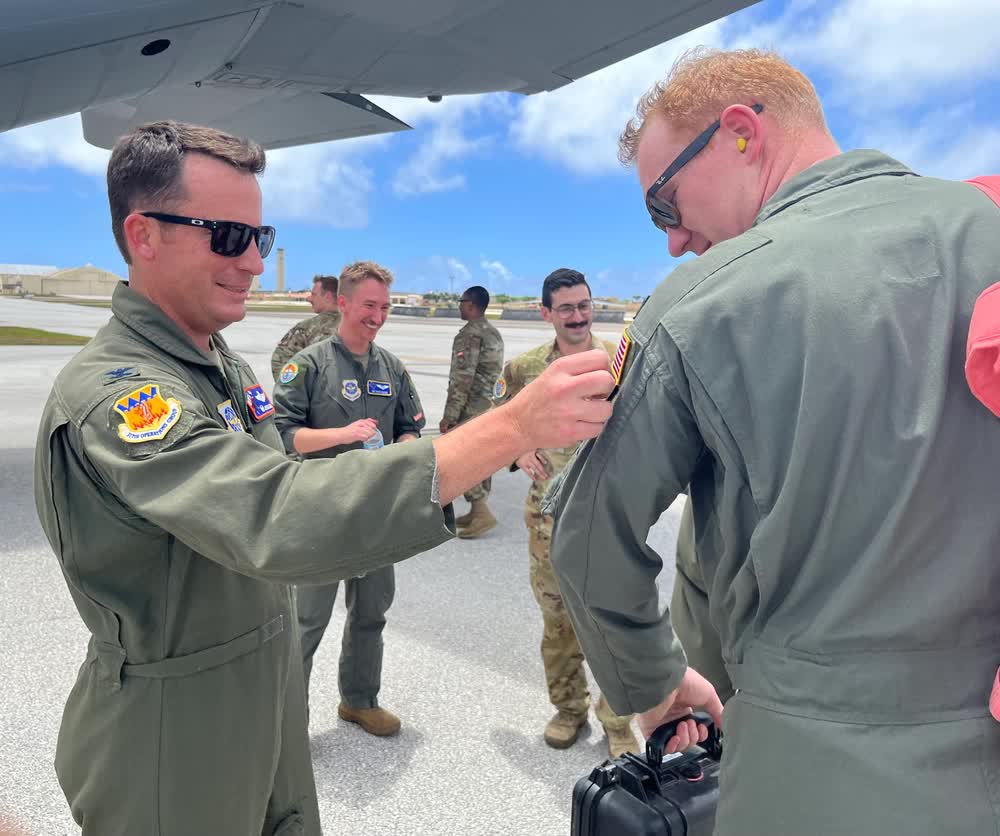
“The preparation involved careful planning of the flight route, analyzing wind patterns, and devising contingency plans for unforeseen circumstances such as thunderstorms or modified flight plans,” a release announcing the marathon flight stated.
Air Mobility Command is already planning the next MEO flight opportunity as the service prepares for future conflicts in which such missions involving long-haul flights and island-hopping to remote locations might be routine, rather than a novelty.
Following the April 20 Hazard Leap flight, Leach said, the 317th had a chance to make more history, flying a C-130 to a rugged airfield in the Luzon Strait, in the Philippine Sea.
“No C-130 in Air Mobility Command has ever been there,” he told Sandboxx Newss. “It’s very austere; it’s literally the base of a volcano.”
In the upcoming June exercise Valiant Shield in Guam, a Super Hercules will attempt an MEO mission that stretches out to 40 hours, even closer to the operational limit.
Air Mobility Command, Leach said, is “actually writing the playbook on this right now,” using findings and feedback from the April operation.
Read more from Sandboxx News
- 5 last-ditch weapons created by a desperate Nazi Germany
- The Air Force’s dogfighting AI is already roughly equal in skill to career pilots
- Life for a Delta Force man in an American neighborhood
- Is the ‘Ministry of Ungentlemanly Warfare’ worth watching?
- Combat Obscura’s unadulterated authenticity still resonates today
Related Posts
Sandboxx News Merch
-

‘AirPower’ Classic Hoodie
$46.00 – $48.00 Select options This product has multiple variants. The options may be chosen on the product page -

‘Sandboxx News’ Trucker Cap
$27.00 Select options This product has multiple variants. The options may be chosen on the product page -

F-35 ‘Lightning’ Framed Poster
$45.00 – $111.00 Select options This product has multiple variants. The options may be chosen on the product page
Hope Seck
Hope Hodge Seck is an award-winning investigative and enterprise reporter who has been covering military issues since 2009. She is the former managing editor for Military.com.
Related to: Military Affairs
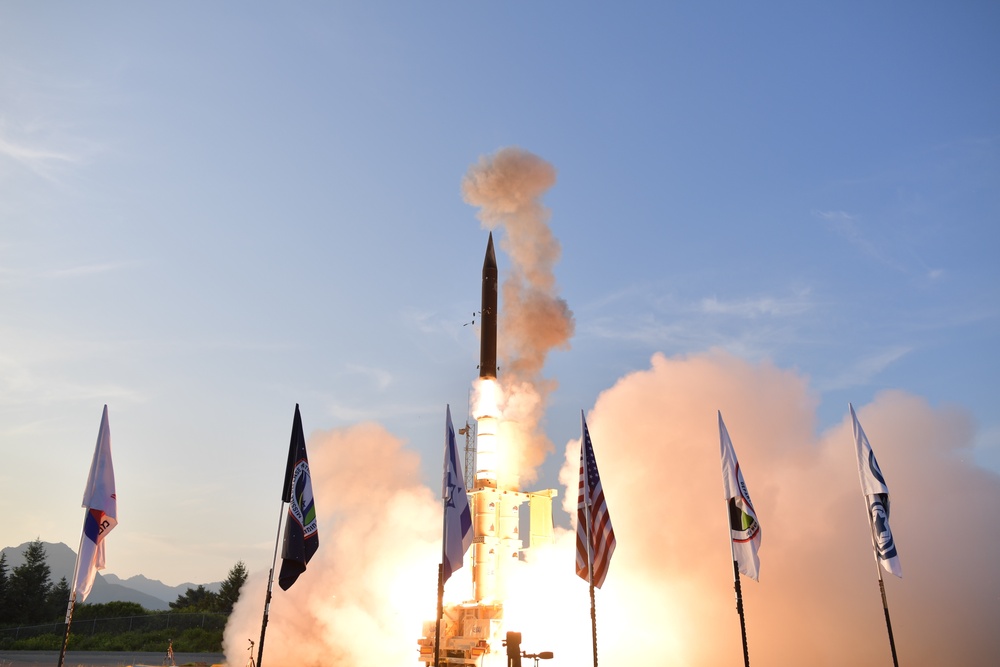
The US missile shield: Is Reagan’s ‘Star Wars’ dream coming true?
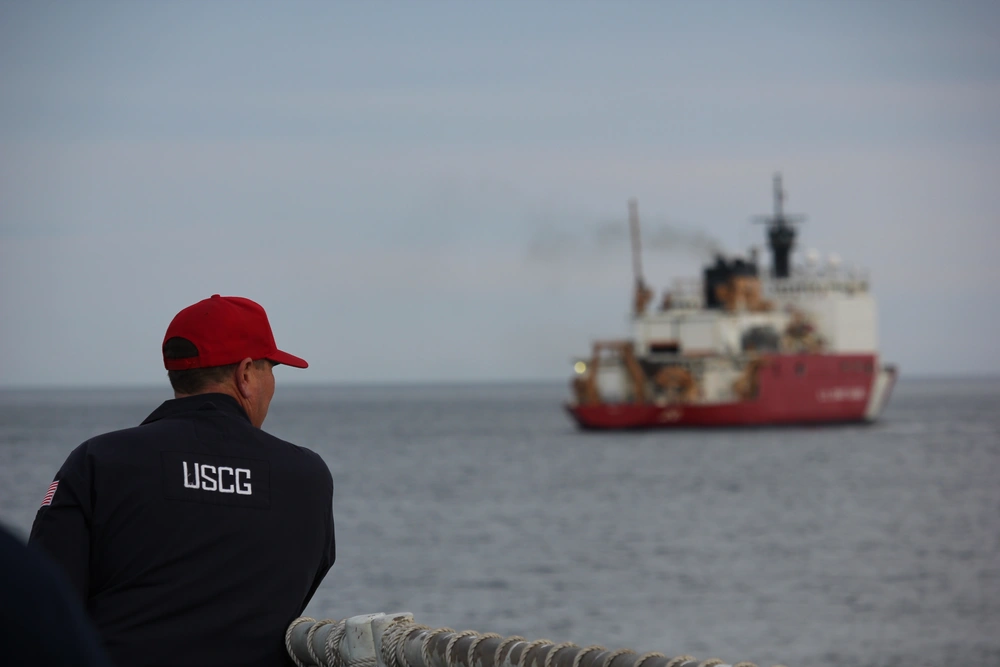
A 40-ship icebreaker armada: Could the White House’s vision come true?
Sandboxx News
-

‘Sandboxx News’ Trucker Cap
$27.00 Select options This product has multiple variants. The options may be chosen on the product page -

‘AirPower’ Classic Hoodie
$46.00 – $48.00 Select options This product has multiple variants. The options may be chosen on the product page -

‘AirPower’ Golf Rope Hat
$31.00 Select options This product has multiple variants. The options may be chosen on the product page -

‘Sandboxx News’ Dad Hat
$27.00 Select options This product has multiple variants. The options may be chosen on the product page
